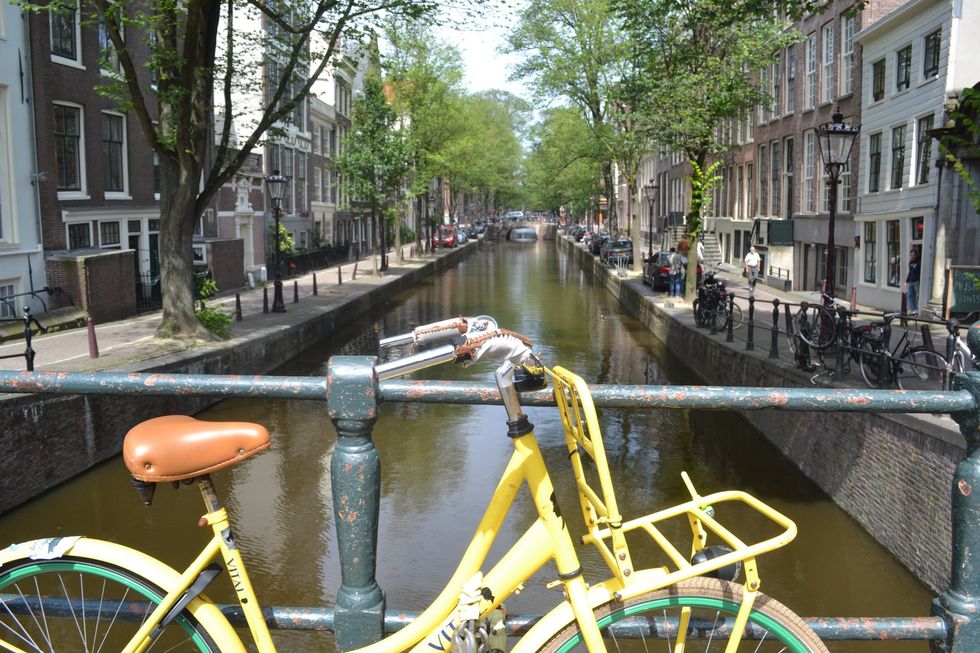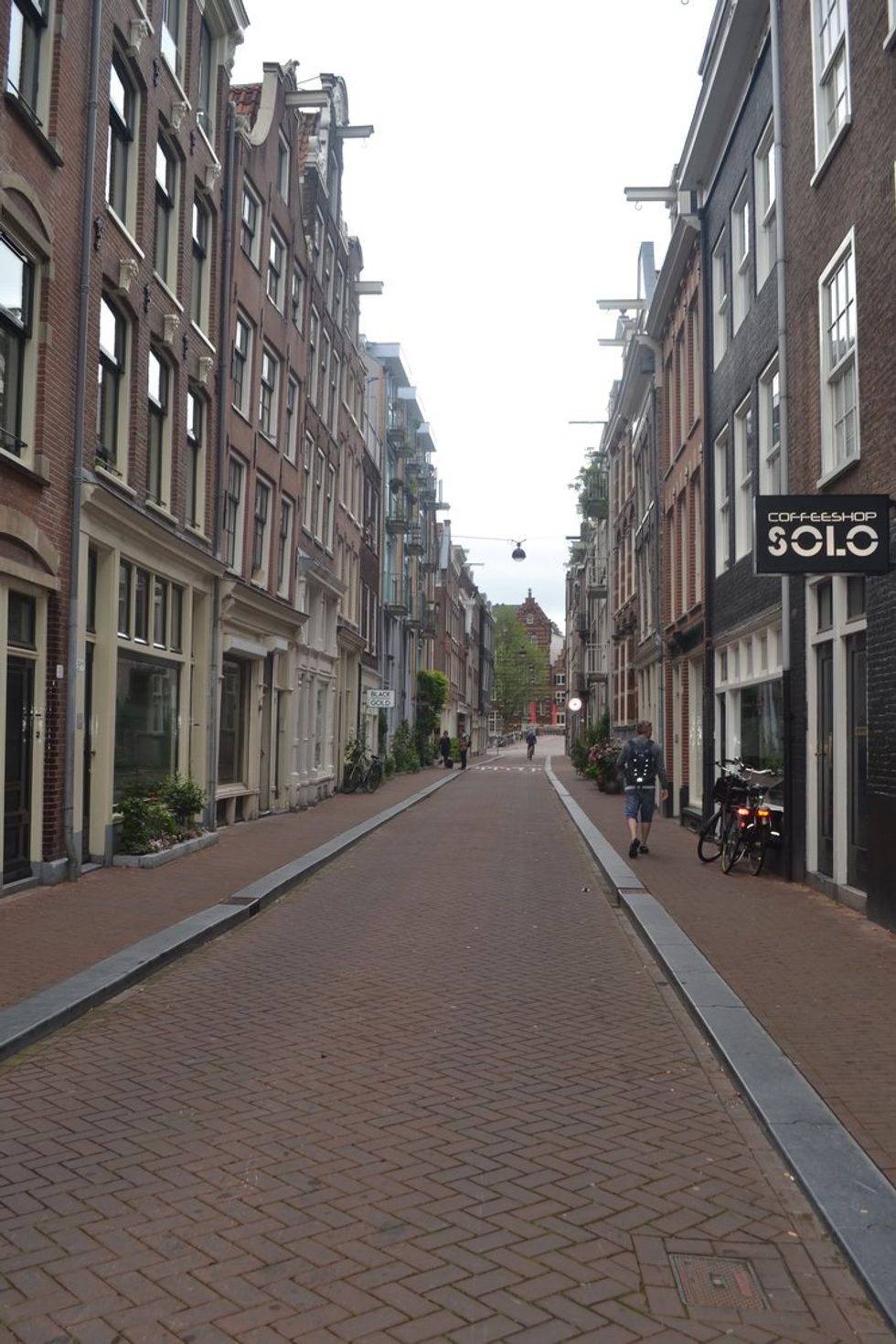As car honks blast through the air of most urban cities, the streets of Amsterdam are different. Chiming bells ring as cyclists zig-zag through laughing crowds. Bicycles and the Netherlands is a long, shaky love and success story. Other parts of the world should look to the Dutch design for inspiration.
Bicycles were a Dutch favorite for the early 20th century. However, the invention and subsequent democratization of affordable motor vehicles saw world car ownership rise during the 1950s. As the Age of Industrialization had already set in, streets were torn up to make way for highways, and oil was the newest commodity, particularly in countries such as the United States. Owning a car was a sign of success and property as valuable as a home in the American Dream pursuit.
The Dutch were not absolved of this, and post-WWII made the shift to engines. Each year bike ridership decreased by 6 percent and extinction was expected. Cars were taking over and governments were quick to immerse them. Paving Amsterdam's famed canals for cars was once considered. As years went by, crossing the street became a terror. Traffic congestion, complex car crashes and pedestrian deaths were common. In 1971 alone, 3,100 people – including 450 youth – were killed by cars.
Advocacy groups formed a social movement demanding their government abandon car policies. Among the protesters were family of the deceased, seeking to stop further casualties. Special days were organized to close streets and align them with tables to ensure youth could play without the dangers of traffic. A cyclists union formed and 30,000 members signed up immediately. Calls were also made for improved public transportation and pollution control.
In what can be considered perfect timing, the Middle East 1973 oil crisis saw Western Europe starved of fuel. Recognizing issues of having unreliable, non-sustaining structures be the mode of commute, Prime Minister Joop den Uyl made a call for energy saving. Car-free Sundays were passed, intended to discourage usage. By the 1980s, bikes were back on top.
What makes the Dutch special is not only an admiration for bikes and quantity. Geography plays a gravitational role. Flat terrain and small size in urban and rural areas create smooth, swift journeys. The year-round cool climate allows riders a body temperature to pedal without needing stops. But the true credit belongs to planning. A look at their strategic street network design shows the successful prioritization of cyclists and pedestrians.
Many Dutch streets separate bikes and cars. The Infrastructure includes: continuous and bi-directional cycle-ways, red lanes for visibility, large width allowing cyclists to pass each other and separate street lights. In residential areas, Fietsstraat are segregated bike paths from cars and pedestrians. Organizers placed them because cars are familiar sights in city centers only.
Recognizing the need to accommodate cyclists on voyages, bicycle highways – Fietssnelweg – were formed. Straight stretches without stoplights allow for unimpeded long distances. Calmness is evident. Parents use bakfiets – bike carriages – to travel with small children and helmets are not required. Even street signs make the mood clear: “Bike Street: Cars are guests.”
Businesses find mutual pleasure by creating functional infrastructure. Locals are serviced at bike shops and tourists flock to rental stores. Bike parking lots are spread throughout the country for nominal fees. Seas of bikes sit on racks at popular areas. Canal rails are free, but a downside does appear. Unintended bike fishing: people rescuing their property from the water after a windy day.
Statistics show the staggering popularity. A quarter of all trips and 70 percent in The Hague use bicycles. You are more likely to see bicycles than people in the Netherlands. That is because there are more bikes than the 17 million residents. The European Cyclists' Federation Cycling Barometer tied the Netherlands with Denmark for most cyclist-friendly in the world. Winners were ranked from observing usage, sales, regulations, advocacy efforts and tourists adoption.
During an age where global warming and environmental concerns are prevalent, the Dutch lifestyle is even more fascinating. Rather than electric cars, perhaps bikes should be the model of the future. Walking in the Netherlands is taking a trip down successful protesting and dedication to self-sustainability.























